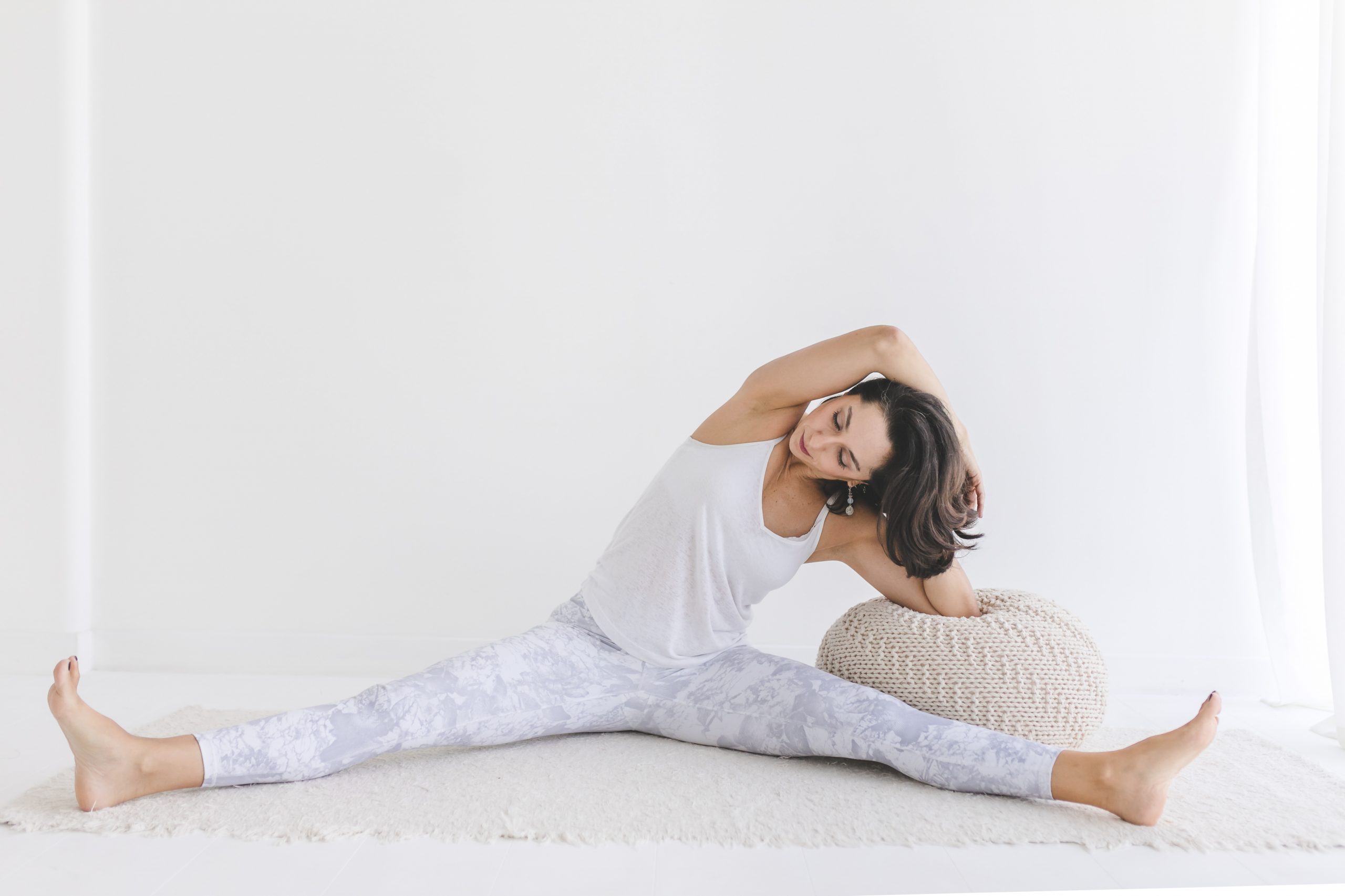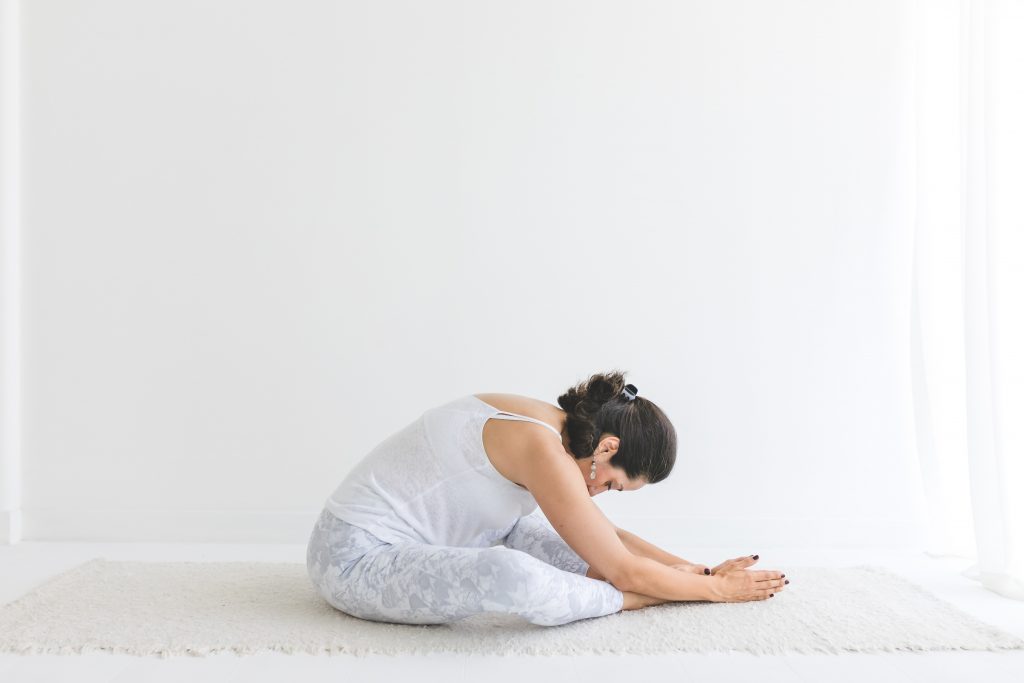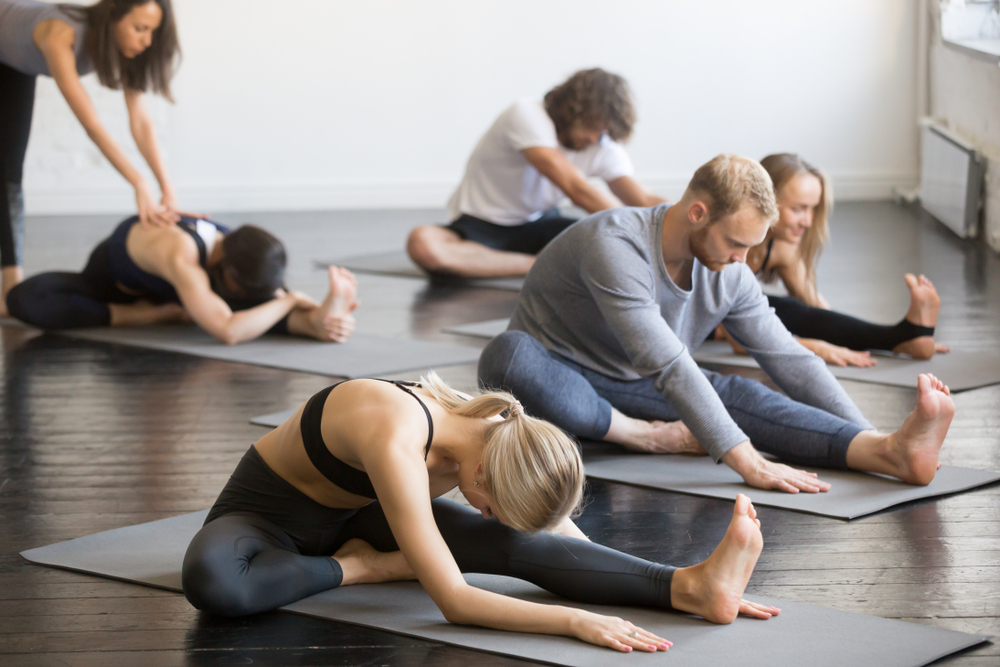5 Common Questions About Yin Yoga
It takes time and effort to calm our “monkey mind” that is constantly in a state of ‘go-go-go’. Gaining immense popularity worldwide is yin yoga, a slow-paced and mindful practice. Compared to the traditional and common ‘yang’ practices of Ashtanga, Vinyasa Flow yoga among others, which involve more dynamic movements, yin yoga primarily works on the deep connective tissues.
Yin yoga is practiced by holding each posture for long periods of time (anything from 3-5 minutes up to 15-20 minutes, maybe even more). By holding the posture, the practitioner is targeting the body’s deep connective tissues, rather than only muscle groups in a specific region. You might think holding the Cobra Pose for a few minutes doesn’t seem so hard. However, it does take a lot of mental focus and determination to hold still. A yin yoga certification online gives aspiring teachers a thorough understanding of the impact of these still holds on the body. If you are considering an online yin yoga teacher training, this article addresses five common questions you may have about yin yoga.

1. What is yin yoga?
The biggest difference between yin and yang approaches to yoga postures is the way we stimulate the targeted area. Yin yoga targets tissues like fascia, ligaments, joints and bones in a passive manner, encouraging practitioners to be aware of their body while going inward. Yin yoga stretches, contracts and twists deep tissues that are neglected on a regular basis. By staying still in each posture, one also learns to breathe through discomfort or new sensations in the body. The longer hold and deepening of poses also helps open up blockages and releases energy or life force (known as prana).
Yin yoga classes also have a sequence or flow of poses. A 50-hour yin yoga teacher training online will teach you how to create these sequences, starting with simpler postures and moving onto more challenging/complex ones. The best online yin yoga teacher training programs will also help you understand more about transitions between postures and how to guide students. Postures are typically seated, prone or supine as you need to be relaxed while holding still. Various props can be used for support or to help practitioners go deeper (bolsters, belts, cushions, blocks etc.).
2. What are the benefits of yin yoga?
Yin yoga has a positive effect on the physical and mental states. Physically, as it stretches, compresses and twists deep connective tissues, It makes these tissues more flexible and stronger. The connective tissue consists of tendons, ligaments, bones, etc., which are constantly supporting muscles and joints. When they are not given due attention, they begin to lose elasticity, leading to stiffness, joint pain or lack of mobility. Yin yoga is one practice that can prevent this. There is also an increased amount of blood circulation and oxygen to these deeper regions.
Yin yoga also relieves stress and anxiety. It balances the nervous system by providing a certain stimulus in the targeted area, which is then detected by the sensory nerves around the tissues. This sends a signal to the brain and spinal cord for processing. Over time, this improves awareness of one’s sensations and the nervous system learns to relax. This activates the parasympathetic nervous system, calming the mind and body, lowering cortisol levels and the heart rate. Regular yin yoga practice helps one stay still for a period of time. This is very useful when learning to meditate or simply sit still and focus on the breath for 15-20 minutes. You can read this article to understand more benefits of yin yoga here. Another great place to dive deep into yin yoga is a 50-hour yin yoga TTC which educates you on the what’s, why’s and how’s of yin yoga.

3. Are postures different in yin yoga?
In yin yoga, certain postures and alignment of the postures can be different. This is because the idea here is to induce deep stress on the targeted area to stretch, strengthen and lengthen connective tissue. In yin yoga, gravity supports a posture to help one relax in the pose, and hence postures may be done a little differently. For example, in Hatha or Ashtanga poses one is used to always being told to keep the spine straight. Whereas, in a yin yoga certification course online you will learn that in certain postures (forward bends, for example) the practitioner can curve the back slightly to relax and hold the position.
As a teacher, it is important to know the student’s history of injuries and ailments, as these factors will influence the posture. There is no correct alignment – each practitioner finds what works for their body and identifies good discomfort versus bad pain. To guide students in the right way, it is important for you to observe and understand. You can learn how to develop this skill through an online yin yoga teacher training program, like Sampoorna’s 50-hour yin yoga training. A good example of how a posture might look different for each individual is the Baddha Konasana Pose (called Butterfly Pose in yin yoga). If one has tight hamstrings and is targeting the connective tissue along the back of the legs, keeping the heels farther away from your groin will be more beneficial. Whereas if one is targeting the adductors, keeping the heels closer to the body is helpful.
4.What to do when practitioners get distracted, restless or can’t hold the posture?
The thought of holding a posture for a few minutes can be daunting. Many will get restless or even be fearful. Sometimes, holding still will make the mind wander, causing suppressed emotions to arise. It takes mental strength and patience to stay focused. At the beginning of a class you might get questions like ‘what should I do when holding a pose? What if my arm starts aching? What do I do if I feel a cramp coming on?’ If you’re wondering how to address such questions, we recommend considering our online yin yoga teacher training course, approved and recognized by Yoga Alliance.
One way for students to stay focused is to keep their attention on the breath. This way, one can use this time to balance any thoughts or emotions. Similar to meditation, one learns to be an observer of thoughts. Even if pain or any emotion arises, one observes like an external spectator, rather than reacts. Focusing on the breath also allows one to become aware of sensations or feelings in the body. For example, one might notice extreme stiffness in the lower back during the Cobra Pose. Time in the posture allows one to think about whether this could be due to sitting hunched over a laptop regularly? The best yin yoga online courses will equip you to guide students towards finding stillness in each posture.

5. Who is yin yoga good for?
Yin yoga is for anyone looking to slow down and let go of their to-do list just for a little while. It’s also for anyone keen on slowing down the effects of aging. Yin yoga is not limited to a specific age-group. It also works as a healing practice for anyone recovering from injuries or managing chronic conditions. Of course, it is important for students to get a medical opinion before starting the practice. The practice is also great for anyone trying to learn to meditate.
The best yin yoga course online will address all these questions and more in a detailed fashion. With the fast-paced lives and largely sedentary lifestyles most of us lead, yin yoga helps us find a balance. Initially, students might find it too slow. Guiding them in the right way is critical for them to experience the benefits. Once this happens, they will be keen to continue their practice. Sign up for a yin yoga certification online to gain a holistic understanding of the practice.
Contact us if you are interested in learning more about the healing benefits of yin yoga or discovering how you can make it part of your lifestyle. At Sampoorna Yoga Online Academy, you will find specialized help focusing on your well-being, no matter where you are.


